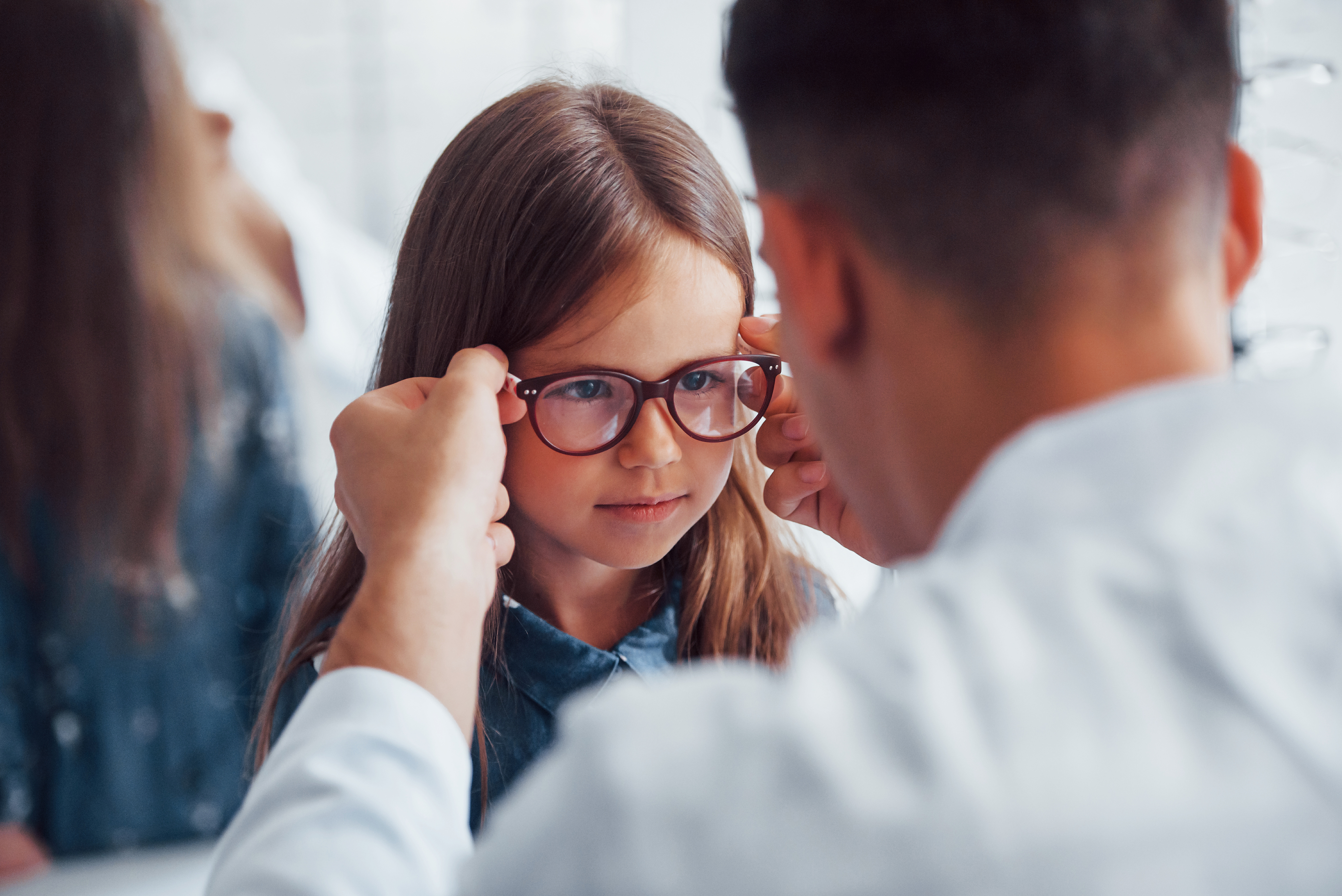
Vocabulary
I will read the words, meanings, and sample sentences. Then, repeat after me.
- myopia /mahy-OH-pee-uh/
- disparate /DIS-per-it/
- affliction /uh-FLIK-shuhn/
- impairment /im-PAIR-muhnt/
- ultimately /UHL-tuh-muht-lee/
[noun] – a condition in which someone cannot clearly see things that are far away
Individuals with myopia may frequently read without glasses or lenses.
[adjective] – different in every way
She struggled to adjust between the two countries due to their disparate cultures.
[noun] – something that makes you suffer
Deafness is a great affliction to his work.
[noun] – deterioration in the functioning of a body part, organ, or system that can be temporary or permanent and can result from injury or disease
Intellectual impairment is a result of severe lead poisoning.
[adverb] – finally, after a series of things have happened
Ultimately, you’ll have to decide for yourself.
Article reading
Please read the whole article. Then, I will check your pronunciation and intonation.
Parents in Singapore started noting a concerning change in their children in the late 1980s and early 1990s: they were growing more shortsighted. The nation’s vision catastrophe could not be stopped. With a myopia prevalence of around 80% among young adults, Singapore has earned the title of “the myopia capital of the world.”
What occurred in Singapore now seems to be happening everywhere. Despite their seemingly disparate lifestyles, countries are united by a single phenomenon: skyrocketing shortsightedness rates. Approximately 40% of adults in the United States are shortsighted, up from 25% in 1971. In Taiwan, mainland China, and South Korea, teen and young adult prevalence rates range from 84% to 97%. By 2050, half of the world’s population will be legally blind if current trends continue. And it appears that the issue is growing more quickly than before. The concept of a shortsighted world might not seem to be a significant issue at first. However, experts warn that myopia is not a normal affliction. For example, it is one of the main reasons for blindness and vision impairment. What caused the current global vision crisis? Education has accidentally made the growth of myopia worse while being a generally beneficial factor in children’s lives. Modern education methods, which place a heavy emphasis on long hours spent in classrooms, appear to be constantly harming children’s eye health.
Ultimately, a child’s vision is a reflection of a much larger picture — their overall health. It’s crucial to take your entire body, as well as your mental health, into account.
What occurred in Singapore now seems to be happening everywhere. Despite their seemingly disparate lifestyles, countries are united by a single phenomenon: skyrocketing shortsightedness rates. Approximately 40% of adults in the United States are shortsighted, up from 25% in 1971. In Taiwan, mainland China, and South Korea, teen and young adult prevalence rates range from 84% to 97%. By 2050, half of the world’s population will be legally blind if current trends continue. And it appears that the issue is growing more quickly than before. The concept of a shortsighted world might not seem to be a significant issue at first. However, experts warn that myopia is not a normal affliction. For example, it is one of the main reasons for blindness and vision impairment. What caused the current global vision crisis? Education has accidentally made the growth of myopia worse while being a generally beneficial factor in children’s lives. Modern education methods, which place a heavy emphasis on long hours spent in classrooms, appear to be constantly harming children’s eye health.
Ultimately, a child’s vision is a reflection of a much larger picture — their overall health. It’s crucial to take your entire body, as well as your mental health, into account.
Discussion Questions
I will read each question. Then, please answer them.
- How important is eye health to you?
- How do you take care of your eyes?
- If you or your child had myopia, what would you do?
- Should children spend more time outside of school to improve their eye health?
- What do you think schools should do to assist with their students’ eye health?
Summarization
Please summarize the whole article using your own words and expressions. You will have one minute to prepare before you answer.
Describe
Please explain the definition of each word listed below based on your understanding. You can provide example sentences if needed.
- note
- phenomenon
- prevalence
- crisis
- overall